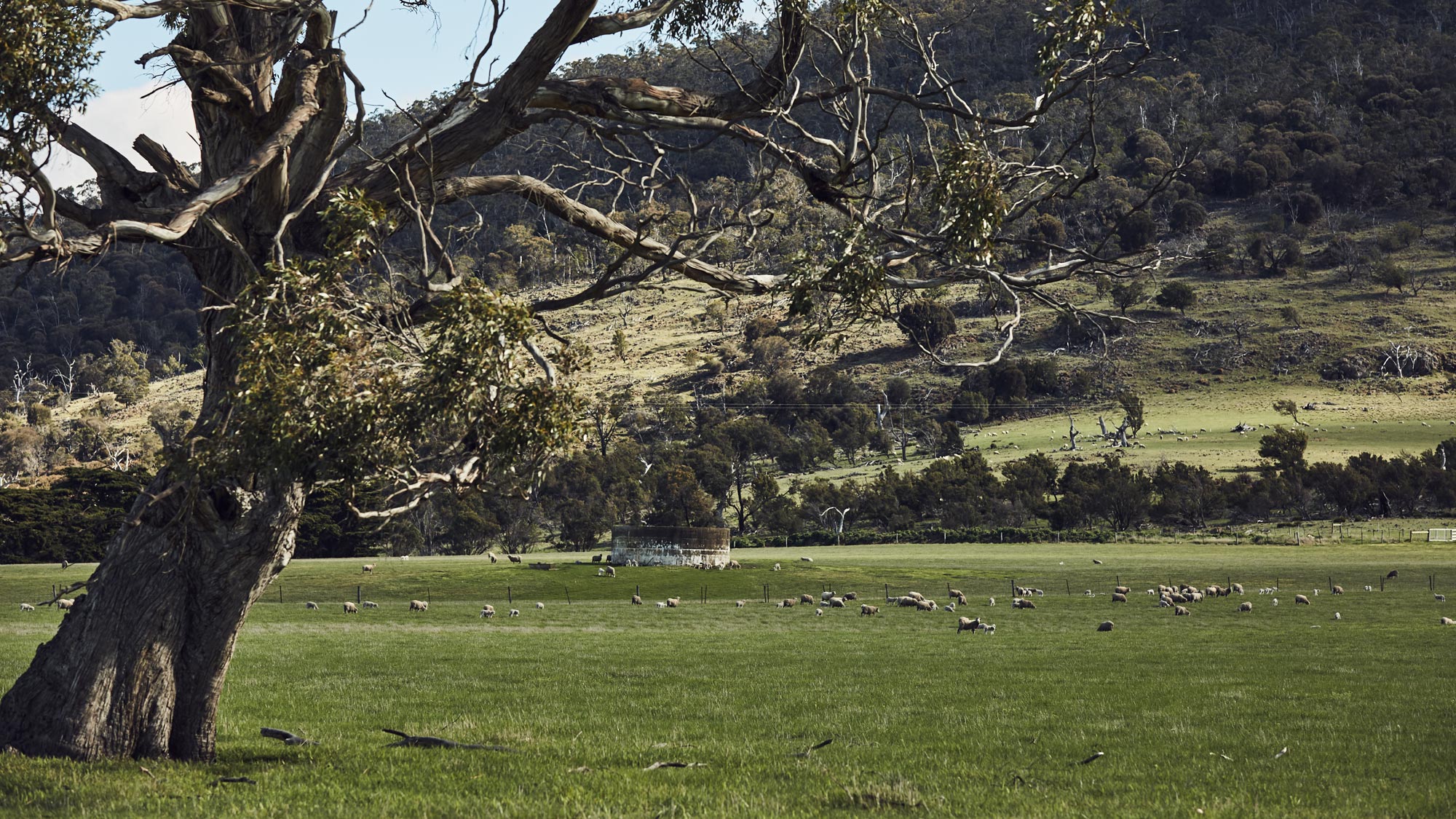Tool 5.6 Rabbit control options
Tool 5.6 Rabbit control options
This tool is a brief analysis of the range of rabbit control methods that can be used in appropriate combinations to suit your goals:
| Control option | When best to use | Benefits | Precautions |
| 1080 baiting | Late summer or when population is usually at a minimum. | - Most cost-effective method. - Large areas covered quickly. - Many native animals tolerant of 1080 but can be affected if baits misused. - Foxes killed by eating poisoned rabbits. - Loses toxicity on exposure to rain. |
- No effective antidote. - Livestock and pets (cats and dogs) can be at risk. - Uneaten baits should be buried. - Dry weather required. - Approval can be bureaucratic in some jurisdictions. |
| Pindone baiting | Best late summer. Before seeding, planting or regeneration efforts. |
- Moderate cost. - Less hazard to domestic animals because an antidote is available. |
- Must not be used in presence of some native animals (toxic to kangaroos, birds of prey and bandicoots) |
| Warren ripping | Summer for sandy soils. Winter for clay soils. Before planting/ seeding. |
- Good for large, paddock infestations. - Reduces recolonisation. - Long-term solution. - Can be adapted (e.g. use of a back-hoe arm) for use in native shrubland. |
- Labour-intensive but can be less than for fumigation. - Can cause soil erosion if not properly carried out. - Must be used selectively in bushland to avoid destroying native vegetation. - Not suitable in some rocky country. |
| Warren fumigation | Best late summer. Before seeding, planting or regeneration efforts. |
- Useful if rabbits are underground in inaccessible or scattered areas. - Good follow-up after baiting, ripping. - Does not increase erosion risk. |
- Labour-intensive. - Prior ripping or baiting required. - Cannot be used where rabbits live above ground or where warrens cannot be sealed. |
| Harbour destruction | Before seeding, planting or regeneration efforts. | - Good follow-up method but not suitable in all situations (e.g. native vegetation). |
- Labour-intensive. - Little value alone – must be combined with other methods. |
| Rabbit-proof fencing | Before seeding, planting or regeneration efforts. | - Long-term effect, stops reinvasion. |
- High initial cost and labour requirement and needs regular checking. |
| Bio-control (Myxomatosis and Rabbit Calicivirus) |
Effective in reducing numbers before other controls are used. | - Residual disease can spread naturally when rabbit numbers are high. - Prepared bait containing the calicivirus can only be obtained through authorised agricultural government agencies. - Seek advice as the strain which best suits your time of year and age structure of the rabbit populations. |
- Timing and effectiveness is unpredictable. - Deciding when to make releases depends on good knowledge of prior outbreak patterns. |
| Shooting, trapping, ferrets | Late summer or when population is usually at a minimum. |
- Appropriate for low rabbit numbers. - Can complement other methods. |
- Very labour-intensive. - Little value alone – must be combined with other methods. - Need permit for many trap types. - Trapping and shooting not suitable in built-up areas. |
Visit PestSmart European rabbits for more information.






